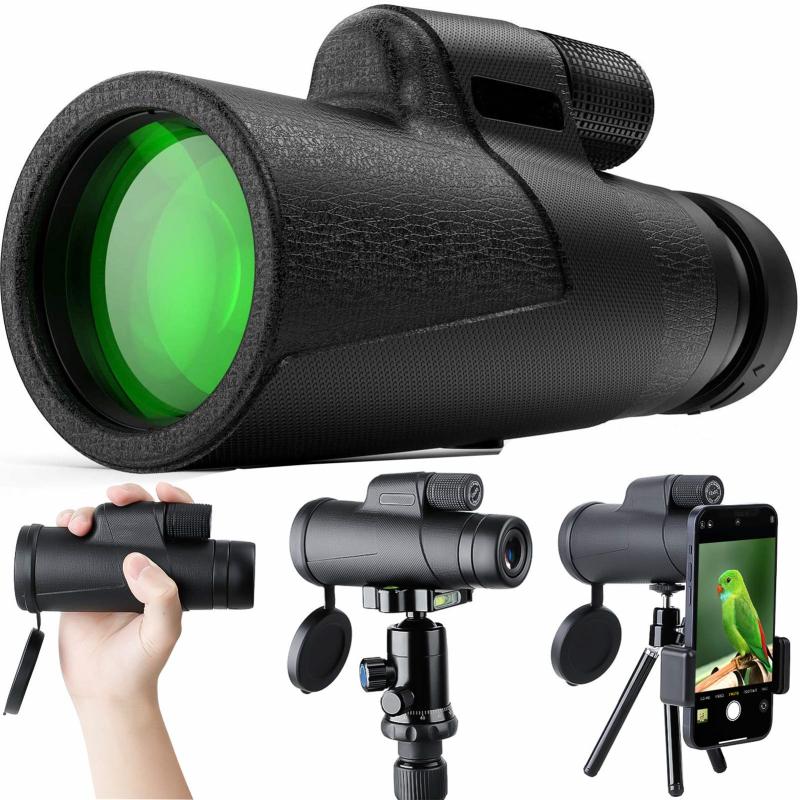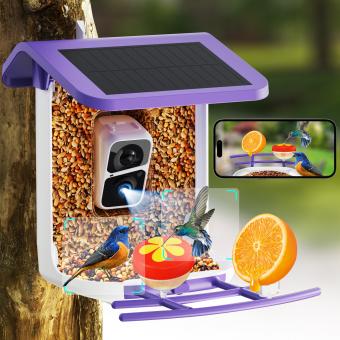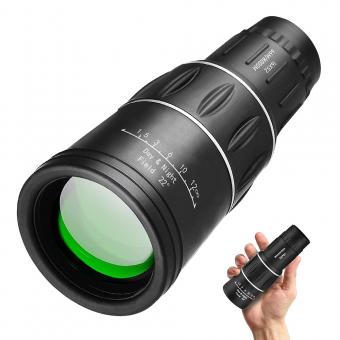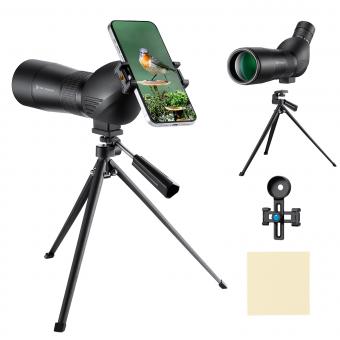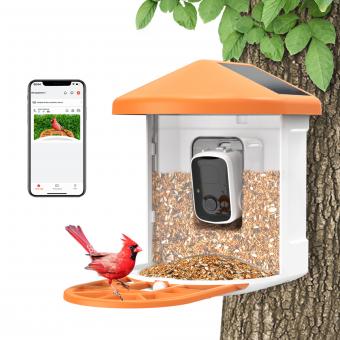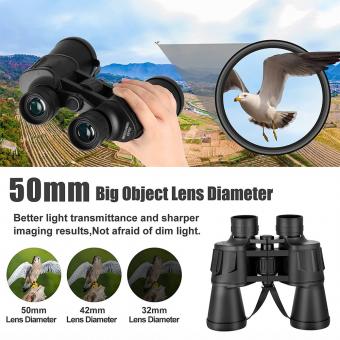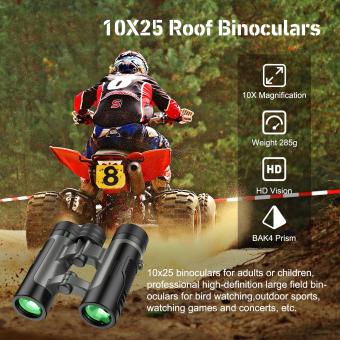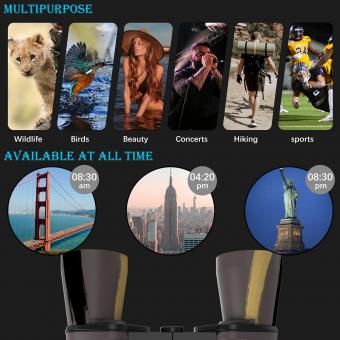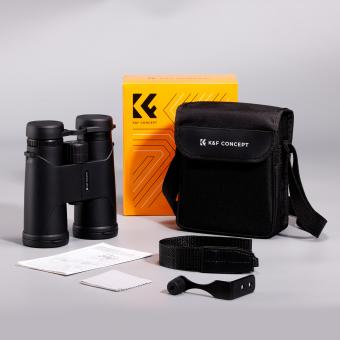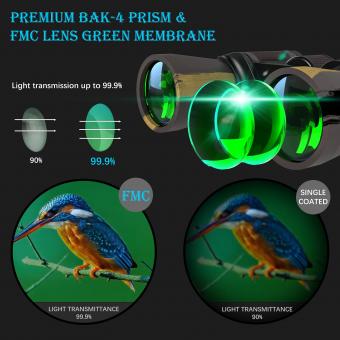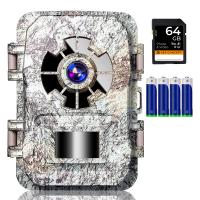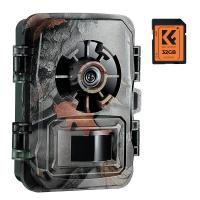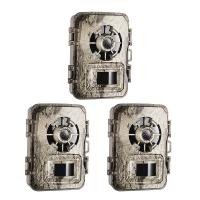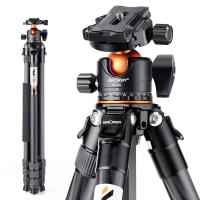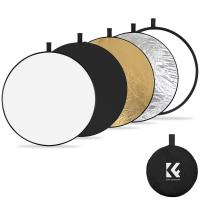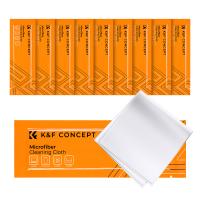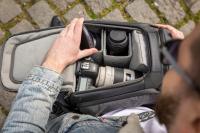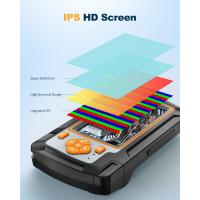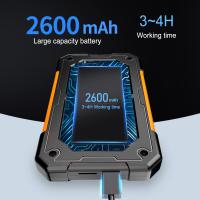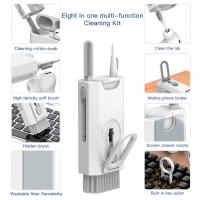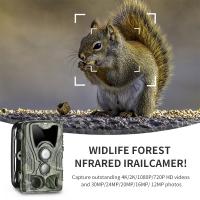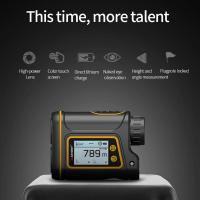What Type Of Binoculars For Bird Watching ?
When it comes to bird watching, it is recommended to use binoculars that have specific features to enhance the viewing experience. The ideal binoculars for bird watching typically have a magnification power between 7x and 10x, which allows for a good balance between zooming in on birds and maintaining a steady image. Additionally, binoculars with a larger objective lens diameter (around 42mm) are preferred as they allow more light to enter, resulting in brighter and clearer images. It is also important to consider the weight and size of the binoculars, as they should be comfortable to hold for extended periods of time. Other features to look for include a wide field of view, good close focus distance, and waterproof or fog-proof capabilities to withstand different weather conditions. Ultimately, the choice of binoculars depends on personal preferences and budget.
1、 Magnification power
When it comes to bird watching, choosing the right binoculars is crucial for a rewarding experience. One of the key factors to consider is the magnification power. Magnification power refers to how much closer the binoculars can make the subject appear. For bird watching, a magnification power of 8x or 10x is generally recommended.
Binoculars with a magnification power of 8x provide a wider field of view, making it easier to locate and track birds in their natural habitat. They also tend to be more stable, as higher magnification can amplify hand movements. On the other hand, binoculars with a magnification power of 10x offer a closer view of the birds, allowing for more detailed observations. However, they may have a narrower field of view and can be more challenging to keep steady.
In recent years, there has been a growing trend towards higher magnification binoculars, such as 12x or even 15x. These binoculars can provide incredibly detailed views of birds, but they also come with some drawbacks. The higher magnification can make it harder to locate birds initially, and they require a steady hand or tripod for optimal use. Additionally, the narrower field of view can make it more difficult to track birds in flight.
Ultimately, the choice of magnification power depends on personal preference and the specific bird watching conditions. It is recommended to try out different magnification powers before making a purchase to find the one that suits your needs best.
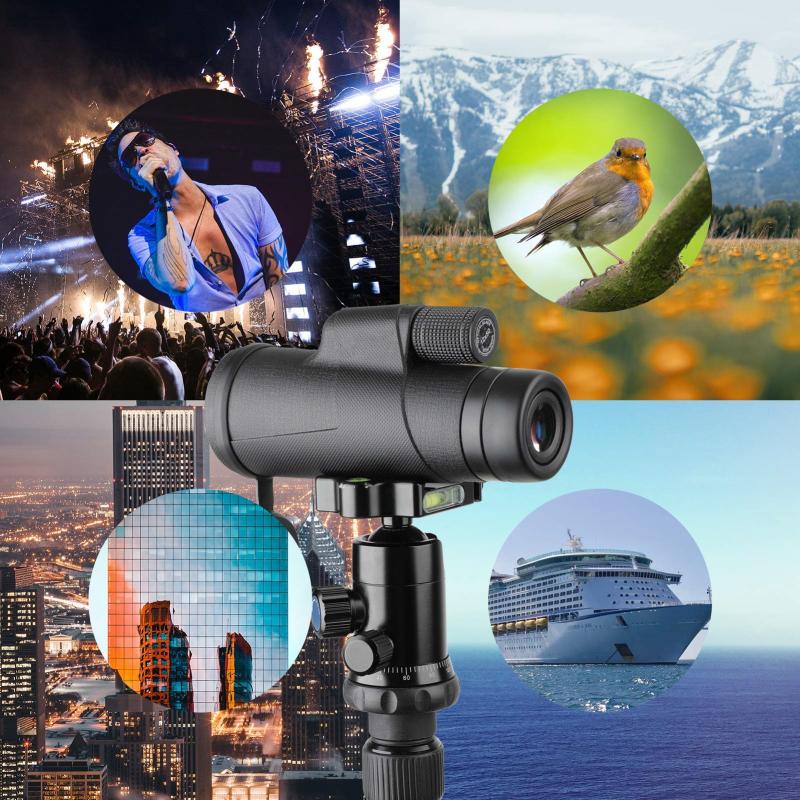
2、 Objective lens diameter
When it comes to bird watching, choosing the right binoculars is crucial for a rewarding experience. One important factor to consider is the objective lens diameter. The objective lens is the larger lens at the front of the binoculars, and its diameter is measured in millimeters. The objective lens diameter plays a significant role in determining the binoculars' light-gathering ability and overall performance.
For bird watching, binoculars with an objective lens diameter of around 42mm are commonly recommended. This size strikes a balance between portability and light-gathering capability. A larger objective lens diameter, such as 50mm or more, can provide brighter and clearer images, especially in low-light conditions. However, these binoculars tend to be heavier and bulkier, which can be a drawback for birdwatchers who prefer to travel light.
On the other hand, binoculars with a smaller objective lens diameter, such as 32mm or less, are more compact and lightweight, making them easier to carry around. However, they may not perform as well in low-light situations, which can be a disadvantage during early morning or late evening birdwatching sessions.
It is worth noting that recent advancements in lens coatings and optical technology have improved the performance of binoculars with smaller objective lens diameters. These advancements have allowed manufacturers to produce compact binoculars that offer excellent image quality and brightness, even with smaller objective lenses.
Ultimately, the choice of objective lens diameter depends on personal preferences and specific birdwatching conditions. If you primarily birdwatch during daylight hours and value portability, binoculars with a 42mm objective lens diameter would be a suitable choice. However, if you frequently observe birds in low-light conditions or prioritize image brightness, you may opt for binoculars with a larger objective lens diameter.
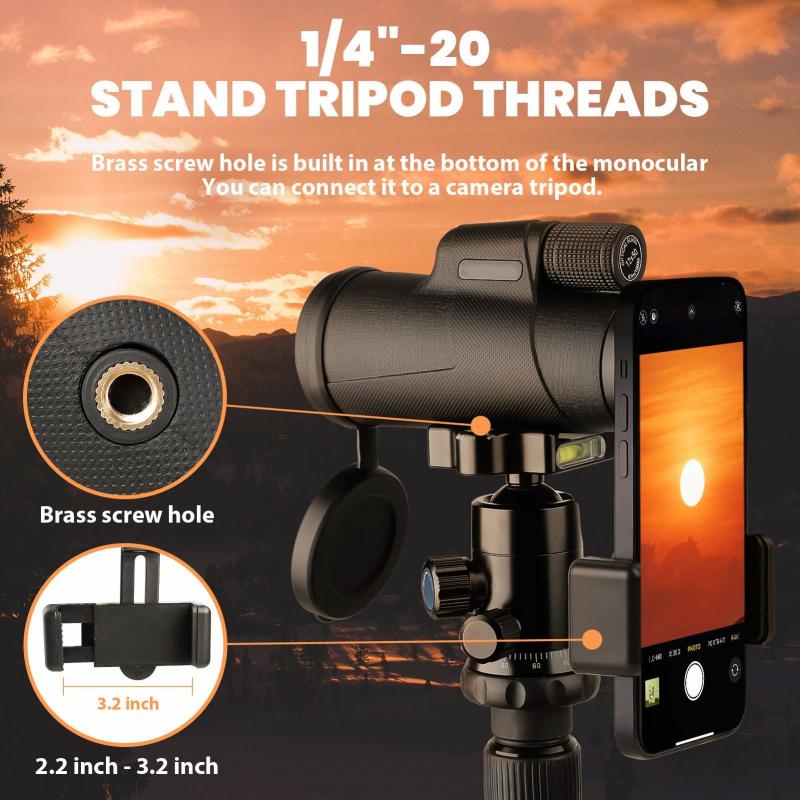
3、 Field of view
When it comes to bird watching, having a good pair of binoculars is essential for getting a closer look at those elusive feathered creatures. One important factor to consider when choosing binoculars for bird watching is the field of view.
Field of view refers to the width of the area that can be seen through the binoculars at a specific distance. A wider field of view allows you to observe more of the surrounding area without having to constantly adjust the binoculars. This is particularly important in bird watching, as birds can move quickly and may be difficult to track if your field of view is too narrow.
The ideal field of view for bird watching binoculars is typically around 6.5 to 8 degrees. However, it's important to note that a wider field of view often comes at the expense of magnification. So, it's a trade-off between a wider view and the ability to zoom in on distant birds.
In recent years, there have been advancements in binocular technology that have improved the field of view. Some manufacturers have introduced binoculars with wider fields of view, allowing bird watchers to observe more of their surroundings. Additionally, there are binoculars with image stabilization technology that can help compensate for hand movements, providing a steadier view and enhancing the overall bird watching experience.
Ultimately, the best binoculars for bird watching will depend on personal preferences and budget. It's recommended to try out different models and consider factors such as field of view, magnification, and image stabilization to find the perfect pair for your bird watching adventures.

4、 Close focus distance
When it comes to bird watching, having a good pair of binoculars is essential for getting a closer look at those elusive feathered creatures. One important feature to consider when choosing binoculars for bird watching is the close focus distance.
Close focus distance refers to the minimum distance at which the binoculars can focus clearly. This is particularly important for bird watching as it allows you to observe birds that are nearby, such as those perched on branches or feeding on the ground. The closer the close focus distance, the better your chances of getting a detailed view of these birds.
In recent years, there have been advancements in binocular technology that have improved the close focus distance. Many manufacturers now offer binoculars with close focus distances as low as 4-5 feet, allowing for incredibly detailed observations of nearby birds. This is especially beneficial for birders who enjoy studying the intricate details of plumage and behavior.
Additionally, some binoculars now feature adjustable close focus mechanisms, allowing you to fine-tune the focus distance to suit your specific needs. This can be particularly useful when observing birds at different distances or in varying habitats.
In conclusion, when selecting binoculars for bird watching, it is important to consider the close focus distance. Opting for binoculars with a low close focus distance, preferably around 4-5 feet or lower, will enhance your birding experience by allowing you to observe nearby birds with exceptional clarity.
